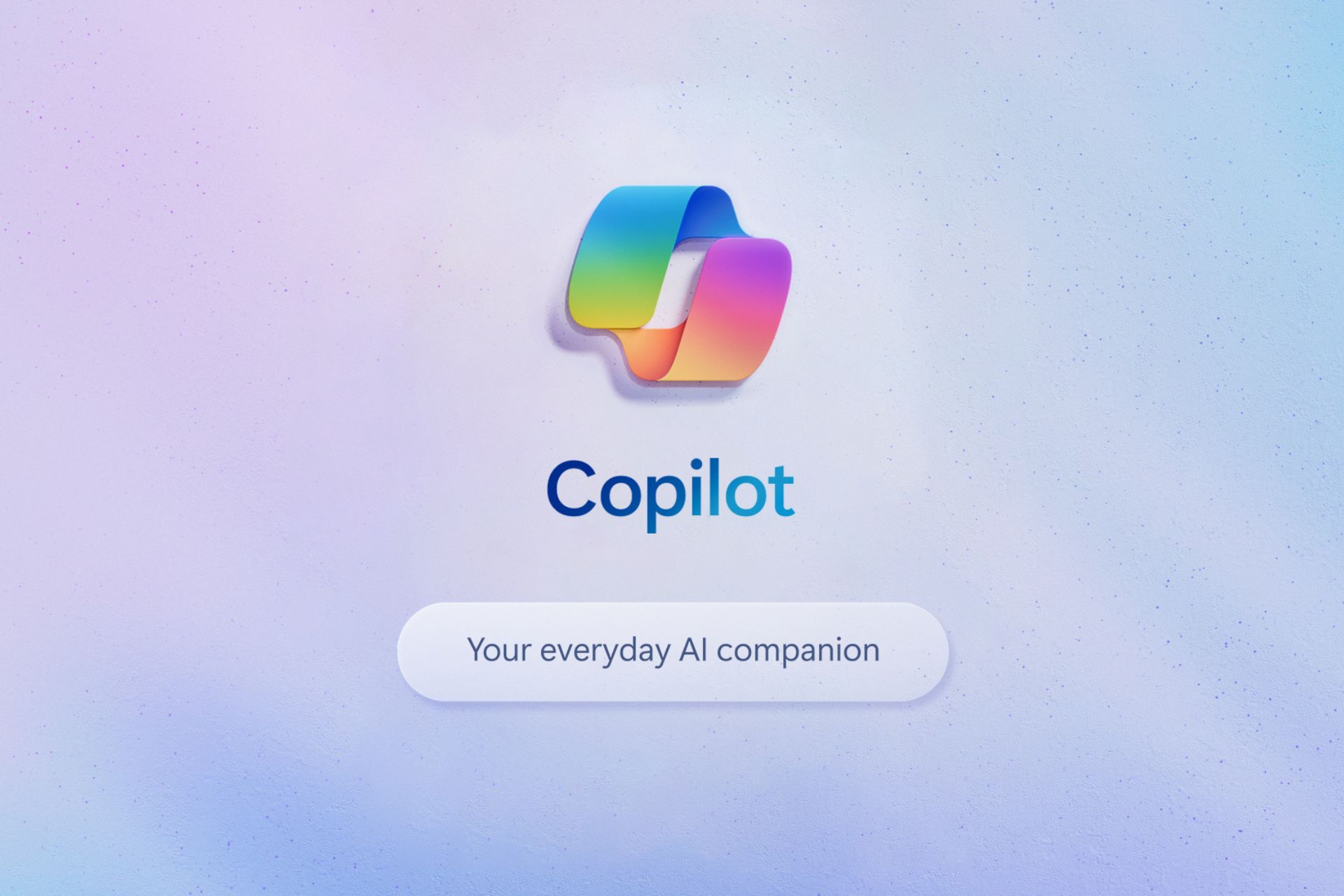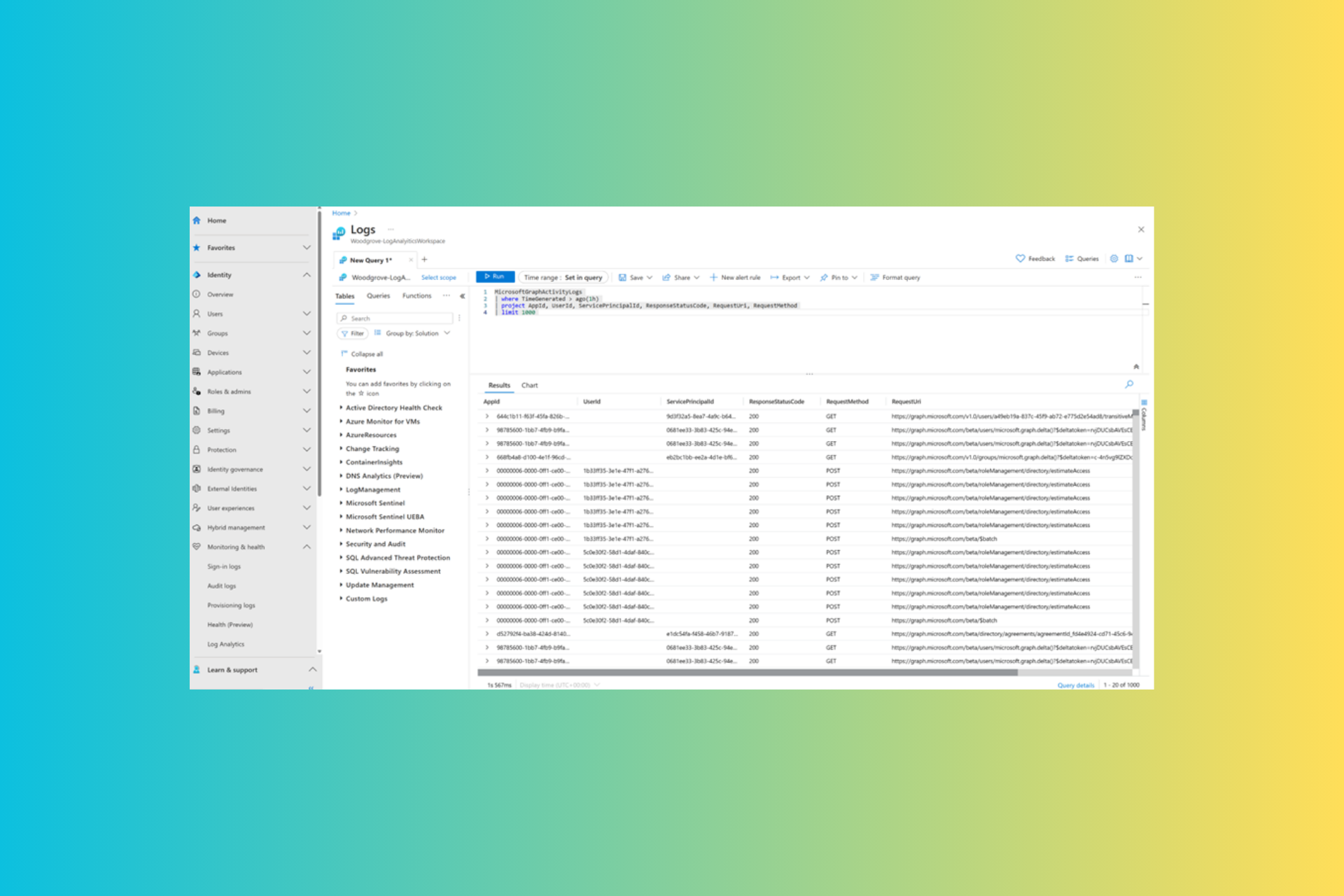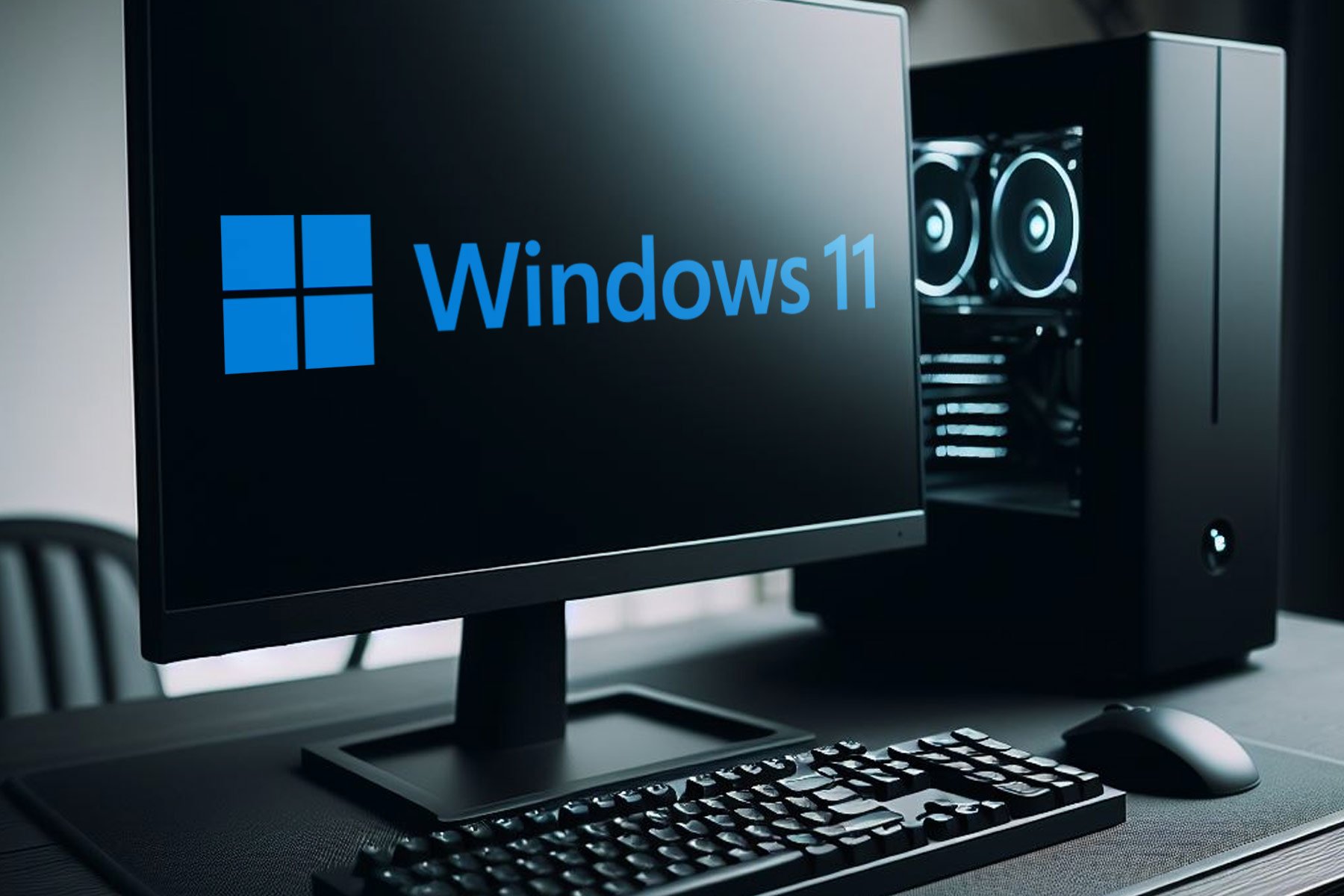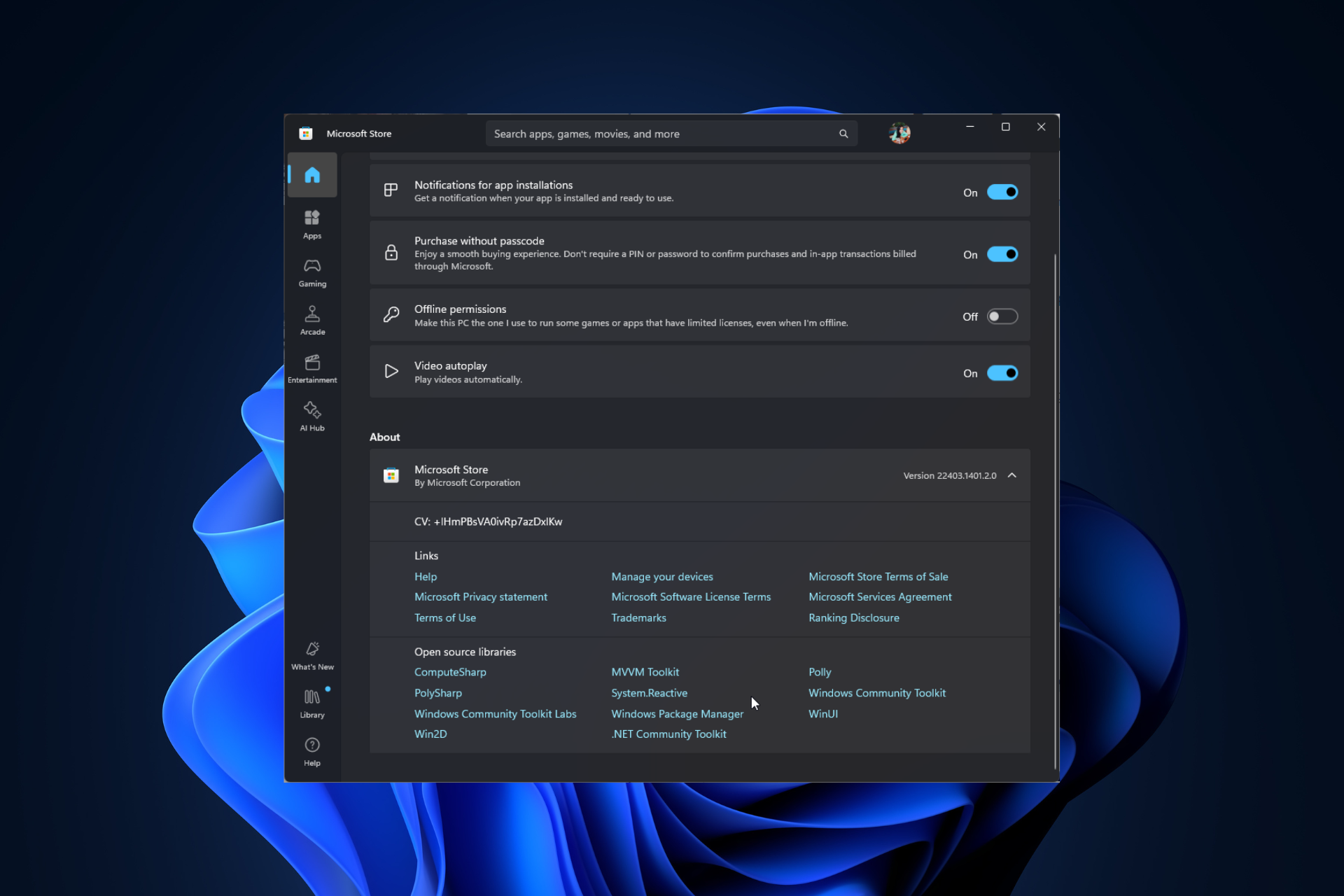Microsoft will no longer include Internet Explorer in security updates
2 min. read
Updated on
Read our disclosure page to find out how can you help Windows Report sustain the editorial team Read more

Microsoft had implemented an update approach called rollup model for Windows 7 and Windows 8.1 in late 2016 to break away from the individual patches method. The update approach comprises three different parts: Security Monthly Quality Update, a Preview of Monthly Quality Rollup, and a Security Only Quality update. The last method in particular included Internet Explorer patches. Now, the software giant is rolling out changes to how it provides Windows security updates to organizations.
Beginning in February, Microsoft will no longer include Internet Explorer updates and patches in the security-only update. That means Windows security updates will be rolled out in a smaller size for a quicker deployment to users. Also, IE security updates will once again become separate patches as a result of the changes. Security-only updates include new security fixes for a given month, meaning It’s not a cumulative rollup. On the other hand, the IE security updates will be cumulative once the changes take effect. That means the IE patches will contain all previous updates starting next month.
Microsoft will start to enforce the new policy for Patch Tuesdays – the security and quality updates Microsoft rolls out every second Tuesday of the month. The next Patch Tuesday will occur on February 14. The company will also roll out a preview of monthly quality rollup on the third Tuesday of each month. It aims to allow IT professionals to preview the upcoming updates before their release. The preview release will consist of IE security updates as well.
The company began to include IE patches in the security-only updates in December last year. However, the method became a burden for some organizations due to the bulkiness of the updates. With the new approach, the goal is to minimize bandwidth requirements for organizations that use the security-only updates approach.
The Windows security-only updates and IE security updates apply to organizations that use the Windows 7 SP1, Windows 8.1, Windows Server 2008 R2, Windows Server 2012, and Windows Server 2012 R2. Keep in mind, though, that the changes won’t affect consumers using Windows Update to receive updates.








